Things on Things on Things: Variations on STill Life
In The Desai | Matta Gallery through September 15th
Featuring works by: Alicia Escott, Imin Yeh, Lena Coletto, Leila Weefur, Michael Hall, Ruth Tabancay, Weston Teruya, and Yvette Molina

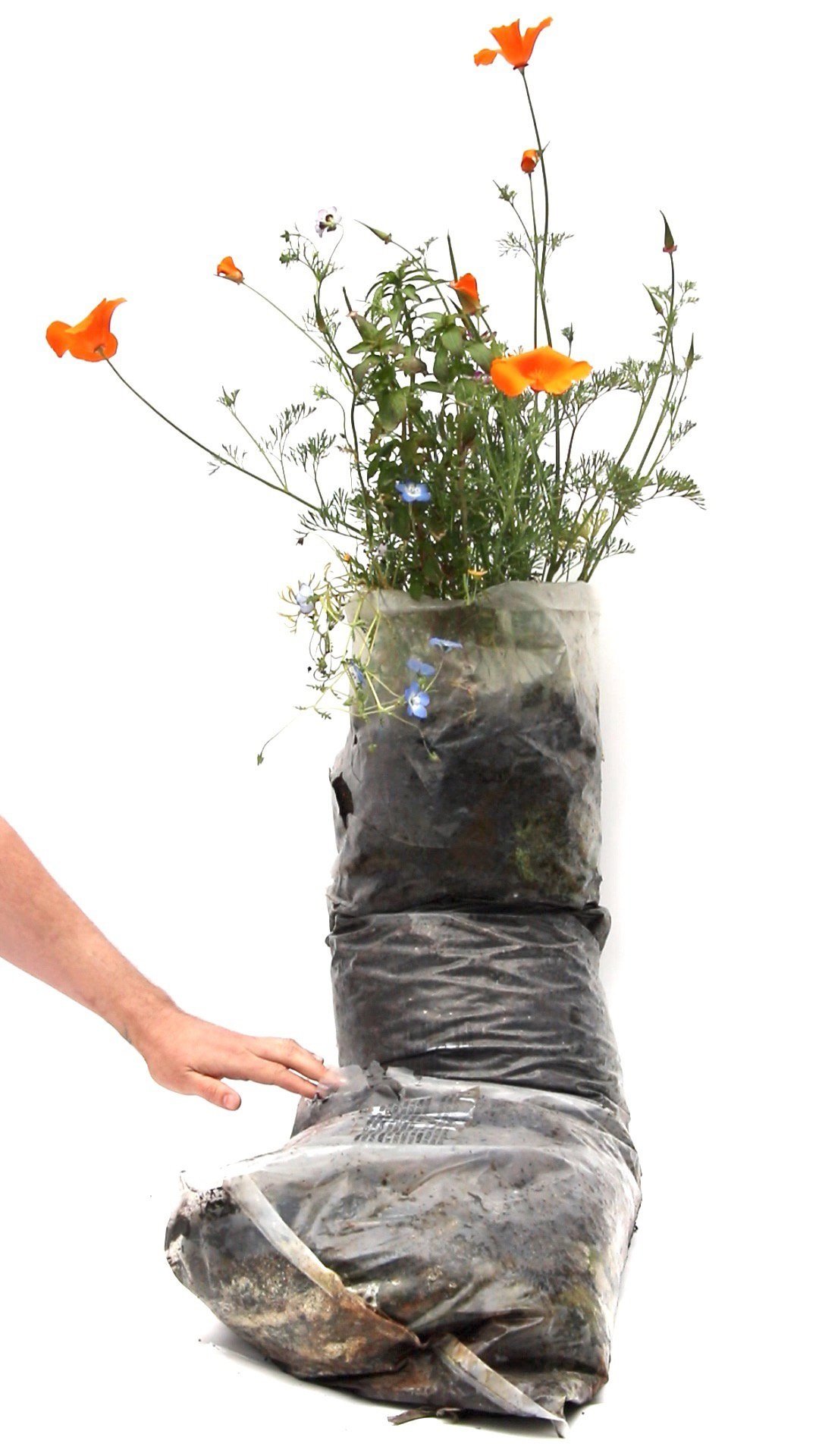
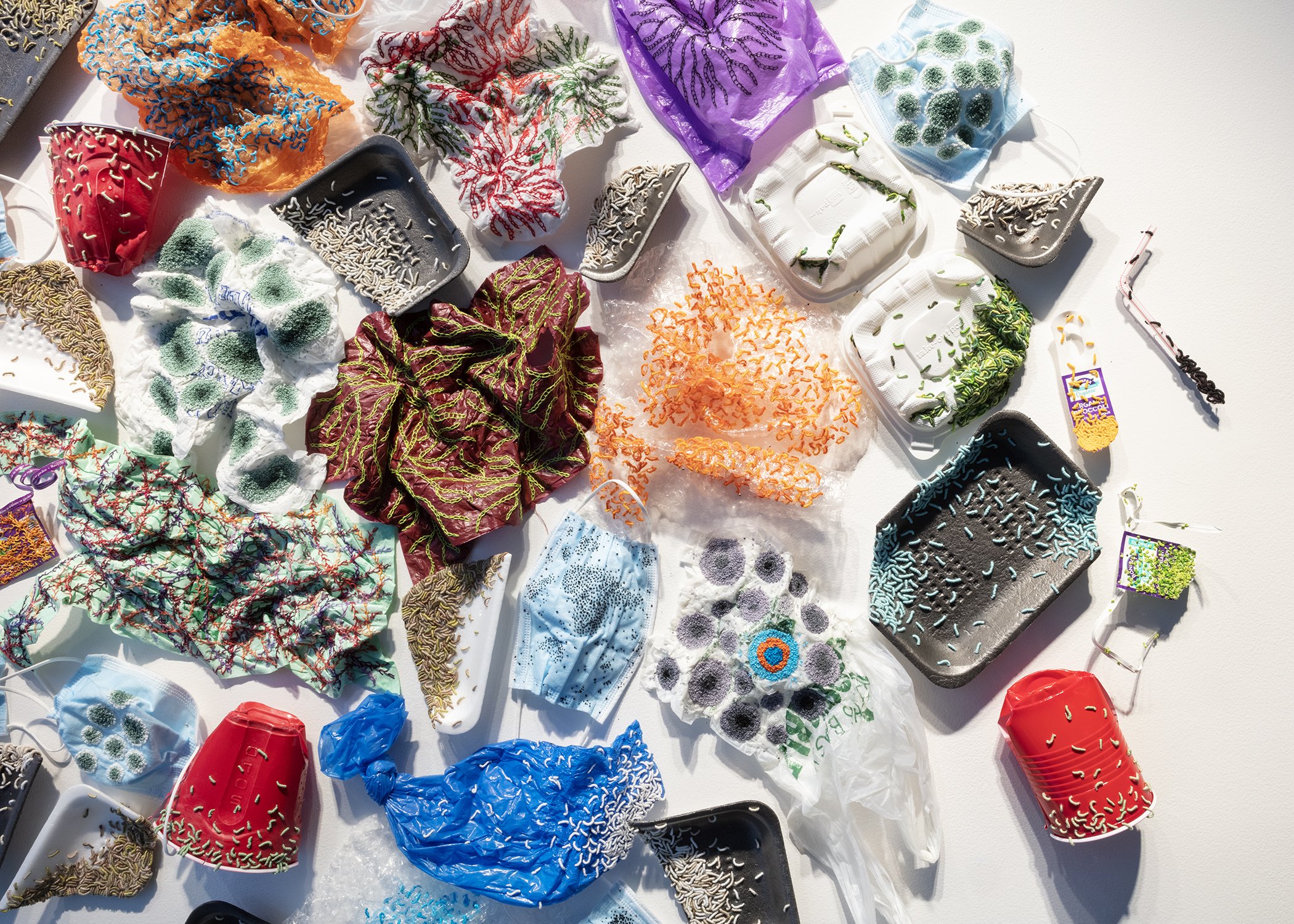
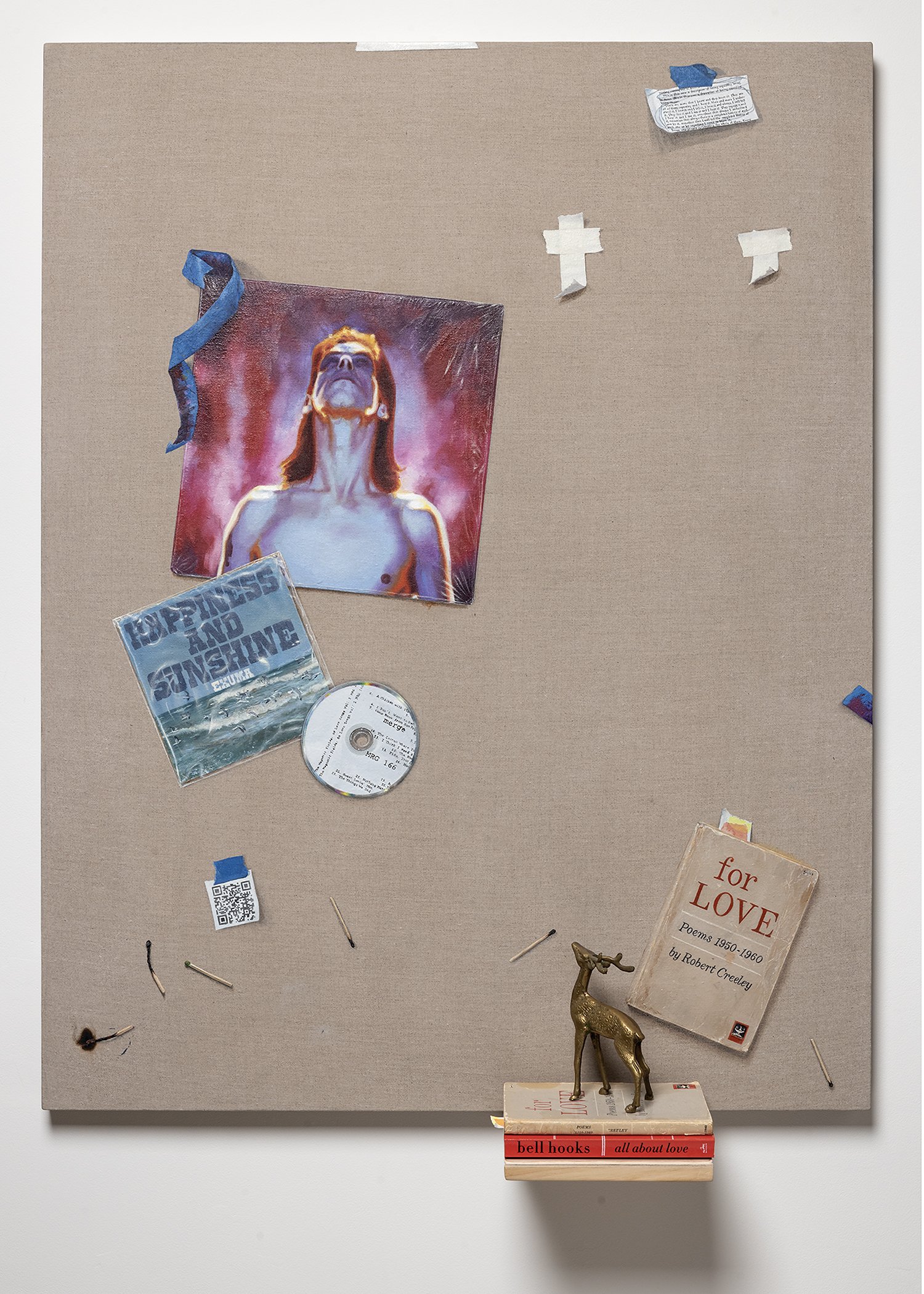
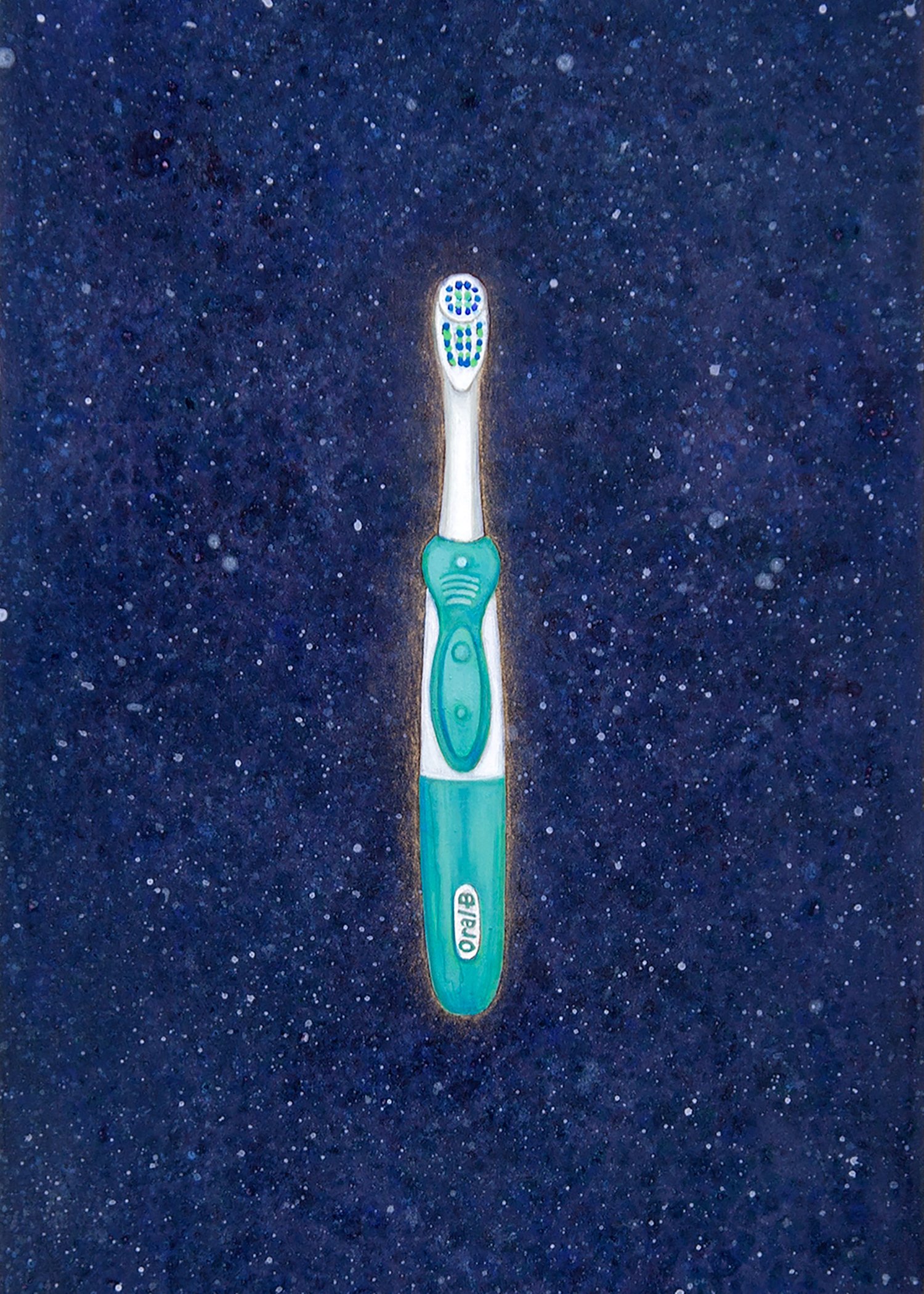
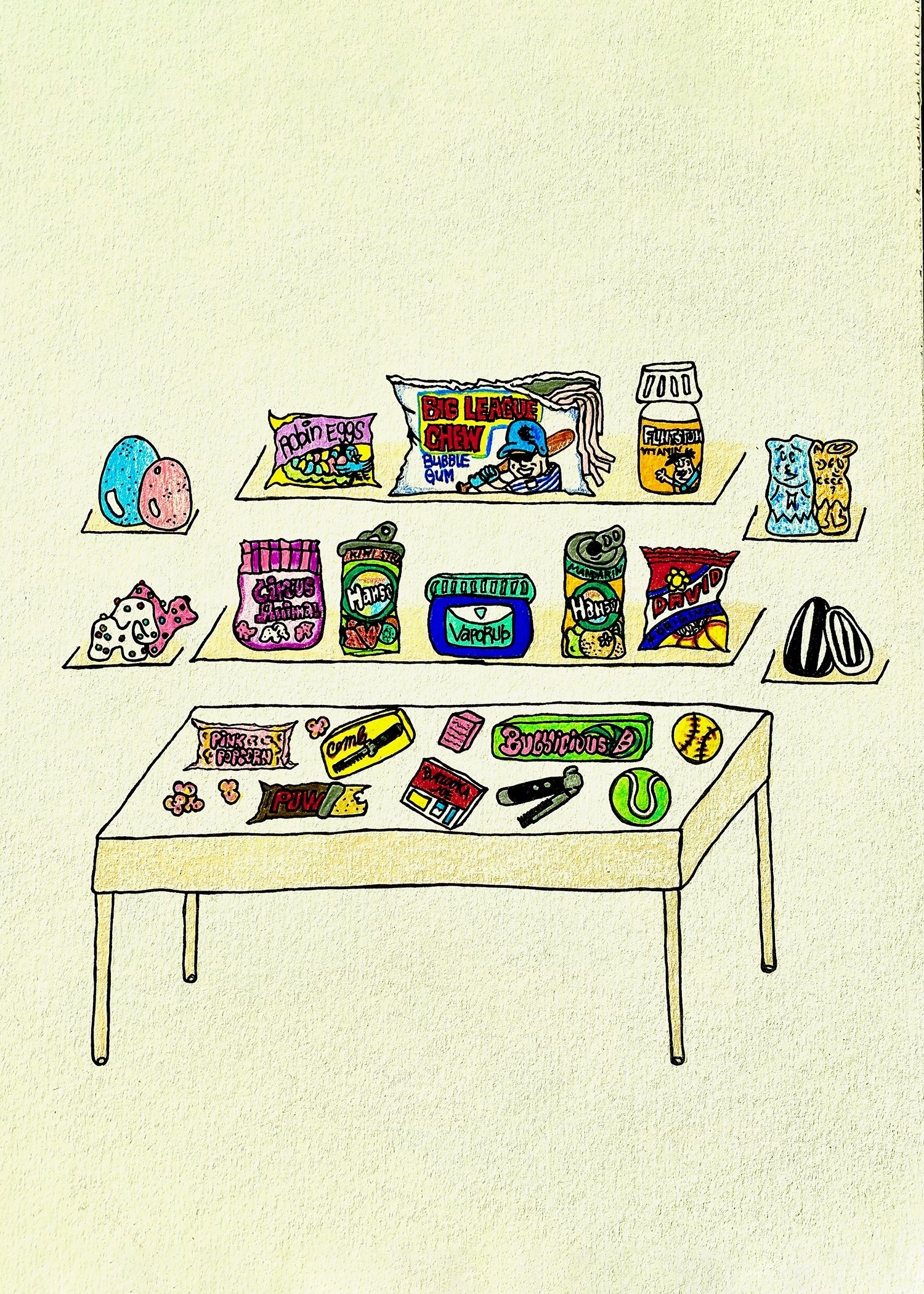
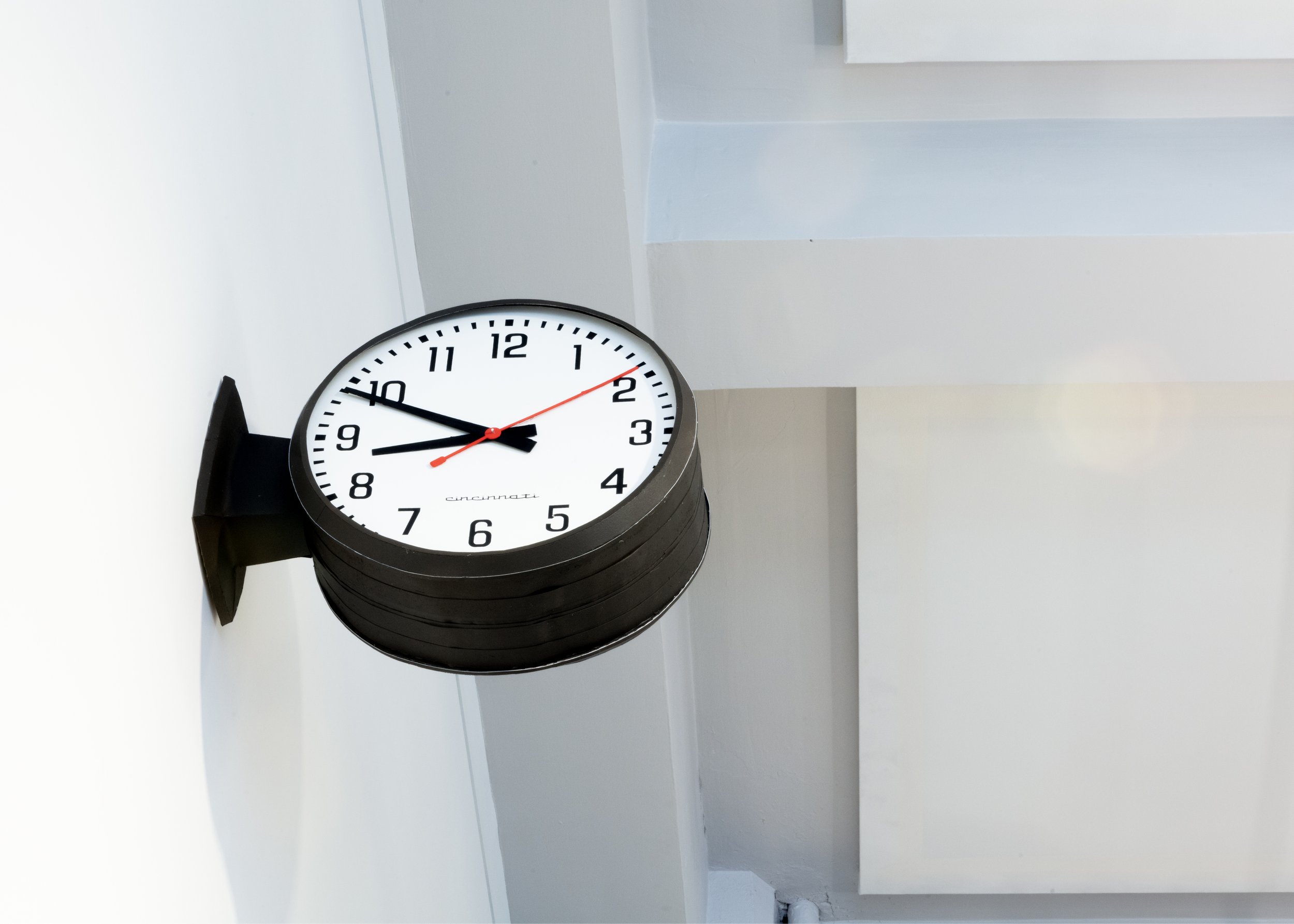

Light,
objects,
symbols
representing life and death and knowledge and memory
arranged and precariously balanced.
Poetry for the eyes, using metaphor, meter, and balance to explore themes of joy, nostalgia, identity, corporeality, climate, and more. Things | on Things | on Things is an exhibition of works that echo the traditional still life with a contemporary take, once, twice, or thrice removed from tradition. Adjacent; a variation on still life.
Blackberries on a plate, Blackberries on fire, Blackberries in hands. Tomatoes pierced and squeezed by a gloved hand. Visual poems in motion, lit just so, objects placed just so. Artist Leila Weefur’s video shorts use fruits as a corporeal stand-in, as a metaphor for Black life, for the Black body, for consumption, loss, and experience.
I have traced the histories of these fruits to Black life.
They are starting to create an eco-geography.
Fruit squeezed, juices flowing. A slow moving tomato with a cross in the middle brings to the viewer’s attention a religious symbol we did not know we were eating.
Alicia Escott’s Metabolic Rift, is an ode to California wildflowers; in fact the artist considers these works to be a collaboration with the seeds and their flowers. The plastic bag, dirt, and compost mute the imaginary line humans have drawn to distinguish themselves from nature.
This ever-present question of what is nature? And what is “separate” from nature? I’ve come to understand this idea we mean when we say “nature” as a series of co-evolved relationships that occur over time, or more simply, as community…
A claw from a Grizzly bear painted on plastic accompanied by a fluorescent light reaches for a piece of gold. Intended to conjure the entrepreneurial spirit, fighter spirit, frontier spirit, the last grizzly bear in California was killed in 1922.
Also in conversation with the precarious and precious environment, Ruth Tabancay embroiders the single-use plastics sent to landfill to live out their lives with the maggots, fungi, and bacteria known for eating them. Decay conjures the rotten fruit of early still life paintings but these easily recognizable objects instead ask the viewer to consider their own use of consumables that will live well beyond our own life expectancy. They are a new kind of memento mori.
Michael Hall’s painting titled Let Love In, both uses and depicts various technologies: oil paint, books, a record, a compact disk, and the new-but-nearly-obsolete-before-its-pandemic-revival [functioning] QR code. Together they conjure both longevity and obsolescence in ways of learning, recording, and communicating. Tangible objects break the picture plane. The artist’s renderings invite us to question the trust we place in our vision, not as trickery, but
…as a way of questioning things. Sometimes it is a delight when we are tricked
and find that something that we thought we saw isn’t what we originally thought it was.
Yvette Molina’s Big Bang Votive began with a question: “What brings you love and delight?” A devotional to time, space, and connection, the resulting works—celestial paintings with abundant space for each object that floats in the center—are a constellation of love and delight. These paintings, evidence of hours of connection with people who often began as strangers, depict objects perhaps never photographed, and sometimes no longer even in the possession of the participant.
I realized it [the painted object] needed to be their symbol… I am a facilitator,
trying to depict it as closely as I can to the thing they would recognize.
Also mining memory, Lena Coletto’s ceramic works are replicas of mass produced consumables drawn from the artist’s childhood, each piece a joyful memory: a portrait of a person, the gum they chewed, their favorite snacks, or the way they brought comfort, like
Vicks VapoRub because that was a large part of my childhood. Being sick,
the smell and the feeling, my mom rubbed it on my chest and tucked me in.
Similarly Imin Yeh makes paper sculptures of mass produced objects; these, however, are objects meant to be used but not noticed. Yeh is invested in the simple visual language of each, the one-to-one relationship between object and its imitator. The paper replica of the discarded industrial clock from behind the building at Carnegie Mellon where she teaches, is hung 12 feet above the ground in the exhibition, an unnoticed part of the scene. The clock is set to the time of her child’s birth, a time when her life changed.
Also working with paper, Weston Teruya’s photographs depict paper sculptures that were made for, but didn’t make it into other pieces. The objects are arranged as precarious assemblages pieced together for the photograph, each element “referenc[ing] social histories or elements [a texture or gesture] from the built environment.” Removing the third dimension, the artist gives the viewer only one perspective to view the assemblage, but brings the ideas full circle: from the flat paper, photographs, and ephemera used to sculpt his ideas, we return to a printed photograph.
I wanted it to be a way of looking at a tapestry of what's in the world
rather than having a predetermined output for it.